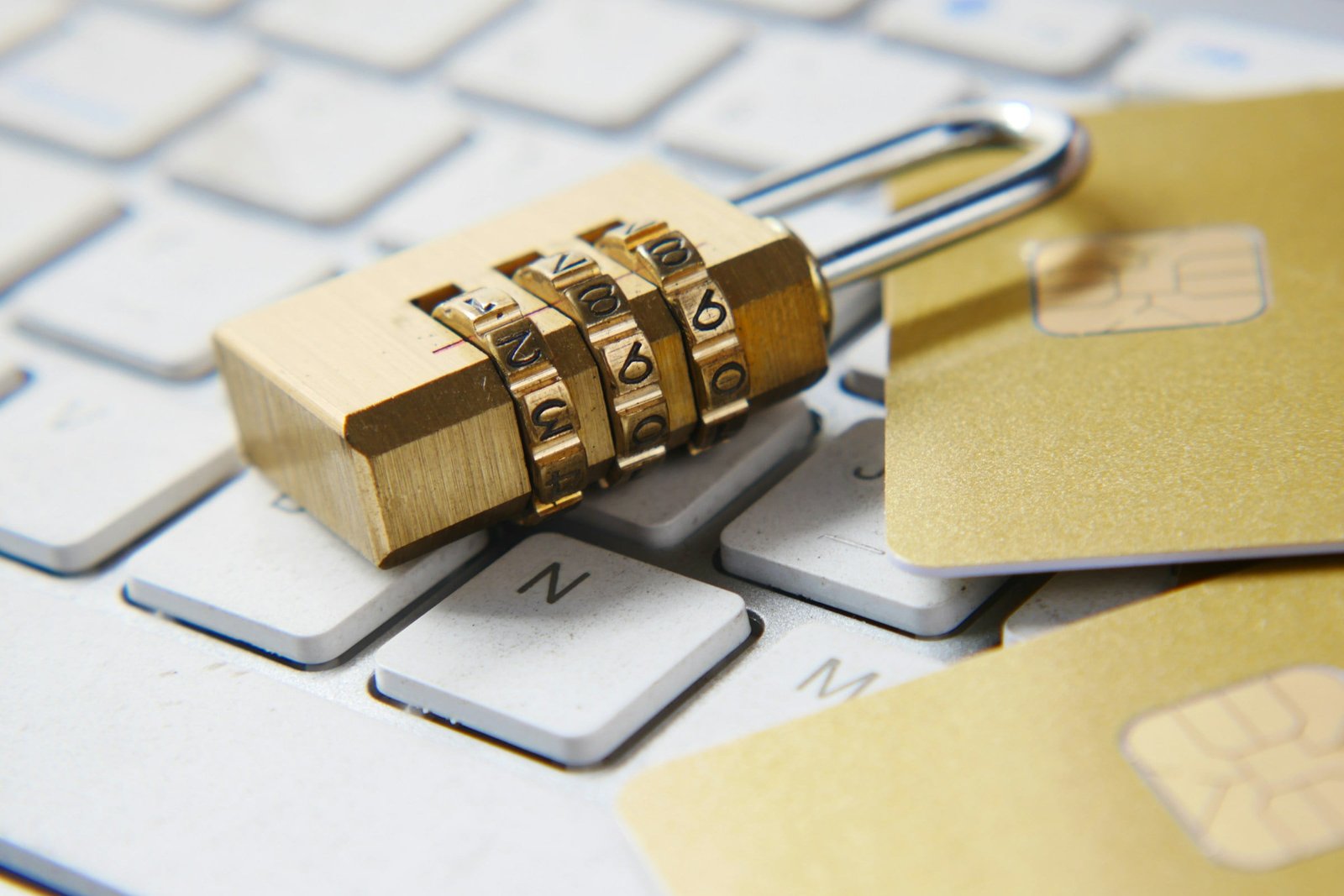Understanding the Basics of Email Encryption
Email encryption is a method of securing the content of emails from unauthorized access. It involves encoding the message and attachments in such a way that only the intended recipient can decipher it.
There are several encryption algorithms used in email encryption, such as symmetric encryption, asymmetric encryption, and hashing. Symmetric encryption uses a single key for both encryption and decryption, while asymmetric encryption uses a pair of keys – a public key for encryption and a private key for decryption. Hashing, on the other hand, creates a unique digital signature for the message, ensuring its integrity.
Evaluating Popular Email Encryption Technologies
When it comes to email encryption technologies, there are several options available in the market. It’s important to evaluate these options based on factors such as security, ease of use, compatibility, and scalability.
One popular email encryption technology is Pretty Good Privacy (PGP), which uses a combination of symmetric and asymmetric encryption. PGP provides end-to-end encryption, ensuring that only the intended recipient can decrypt the message.
Another widely used email encryption technology is Secure/Multipurpose Internet Mail Extensions (S/MIME). S/MIME uses digital certificates to verify the authenticity of the sender and encrypt the message. It offers seamless integration with email client software and is widely supported by major email providers.
Implementing Email Encryption in Your Daily Communications
Implementing email encryption in your daily communications is essential to protect the confidentiality and integrity of your messages.
Firstly, you need to choose an email encryption solution that is compatible with your email client software. This could be a standalone encryption software or a plugin/add-on for your email client.
Next, you need to generate encryption keys. If you’re using asymmetric encryption, you’ll have a pair of keys – a public key and a private key. The public key is used to encrypt the message, while the private key is used to decrypt it. It’s important to keep your private key secure and share your public key with trusted recipients.
Once you have the necessary tools and keys, you can start encrypting your emails. Most encryption solutions provide a user-friendly interface that integrates seamlessly with your email client. You can encrypt the entire message or specific portions of it, depending on your needs.
By implementing email encryption in your daily communications, you can ensure that your sensitive information remains confidential and protected from unauthorized access.
Challenges and Solutions in Email Encryption
While email encryption offers strong security for your communications, there are also challenges that you may encounter.
One challenge is the complexity of key management. Asymmetric encryption requires the generation and management of encryption keys, which can be a cumbersome process. However, there are solutions available that simplify key management and automate key exchange.
Another challenge is the compatibility of encryption technologies across different email clients and platforms. Not all encryption solutions are universally supported, which can create difficulties when communicating with individuals or organizations using different email systems. It’s important to choose an encryption solution that has broad compatibility.
Additionally, email encryption can sometimes affect the performance and speed of email transmission. Encrypting and decrypting messages can introduce a slight delay in delivery. However, advancements in encryption technology have minimized this impact, and the benefits of secure communication outweigh the slight inconvenience.
By being aware of these challenges and implementing the appropriate solutions, you can overcome the obstacles associated with email encryption and enjoy the benefits of secure communication.
Maintaining Compliance and Security Standards with Encrypted Emails
Encrypting emails not only helps you protect sensitive information but also ensures compliance with various security standards and regulations.
Many industries, such as healthcare and finance, have specific regulations regarding the protection of personal and financial data. Encrypting emails containing such sensitive information is often a requirement to meet these compliance standards. By implementing email encryption, you can demonstrate your commitment to safeguarding confidential data and avoid potential legal and financial consequences.
Furthermore, encrypted emails provide an additional layer of security against cyber threats, such as phishing attacks and data breaches. Encrypted messages are more difficult to intercept and decipher, making it harder for attackers to gain unauthorized access to your communications.
By maintaining compliance and security standards with encrypted emails, you can foster trust with your clients, partners, and stakeholders, and protect your organization from potential security breaches.




